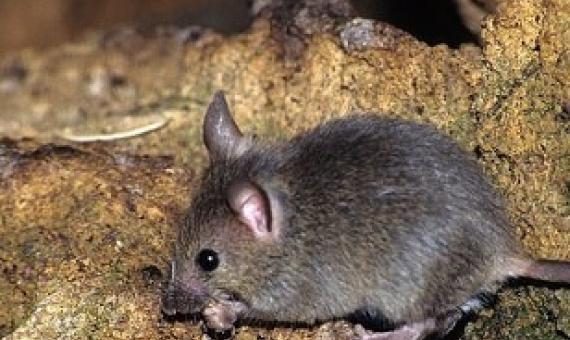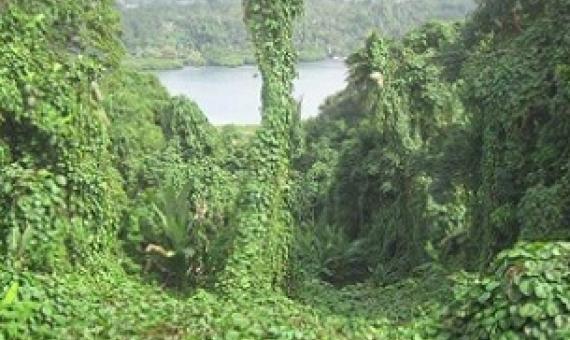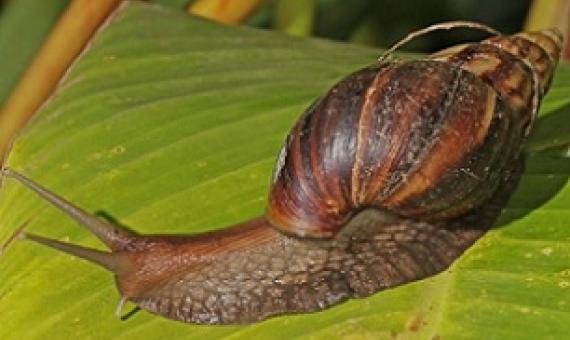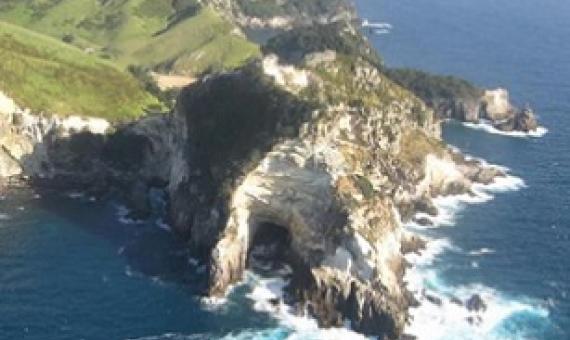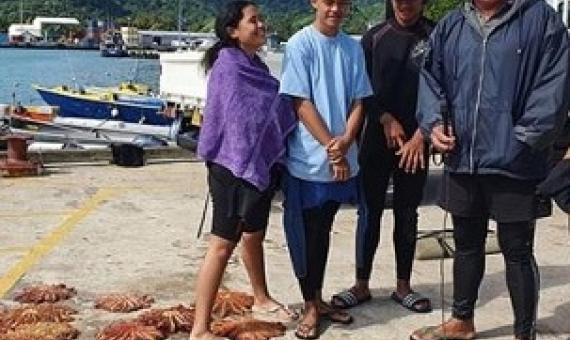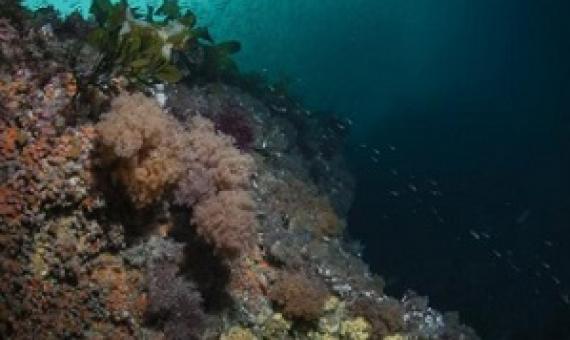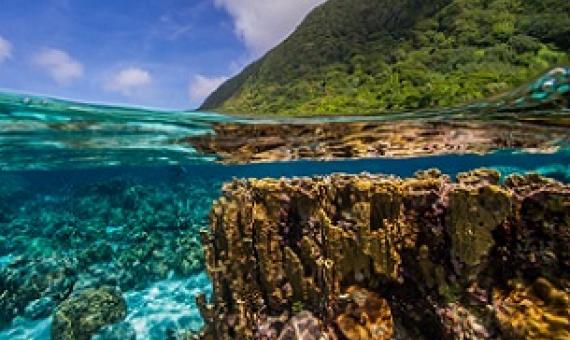A team of international scientists have devised a new monitoring and reporting framework to help protect World Heritage Sites from almost 300 different invasive alien species globally including, rats (Rattus spp.), cats (Felis catus), lantana (Lantana camara) and Argentine ants (Line
The slashing and poisoning is part of an unprecedented endeavor to rid this remote atoll of all but a few coconut palms (Cocos nucifera). The gangly tree is an icon of idyllic tropical islands, but also an aggressive invasive species that crowds out native plants and animals.
In many parts of the world, there has been a debate about what to do with ships at the end of their life.
The new study, from the University of Auckland in collaboration with the Department of Conservation, investigated mouse invasions of islands across the Abel Tasman and Marlborough region. The project, led by Dr.
Researchers identify the benefits that eradication of invasive vertebrates on islands can have for addressing socioeconomic and human health threats for island communities in alignment with the United Nations’ goals for 2030.
The United States Department of Agriculture defines invasive species as species that are “non-native (alien) to the ecosystem”, and that have the potential to “cause economic or environmental harm” as well as harm to humans.
A check by predator-seeking dogs last week confirmed rats have been removed from the 300-hectare, off the coast of Great Barrier Island, Conservation Minister Eugenie Sage said. "This is a major milestone because Rakitū is the last DOC administered island in the Hauraki Gulf Marine Park to b
Environment group Kōrero o te 'Ōrau is calling for the removal of the crown of thorns starfish from reefs around Rarotonga. It could be an early stage of an outbreak, says leader and biologist Dr Teina Rongo.
Fiordland is home to a unique marine environment...Department of Conservation operations director southern South Island Aaron Fleming has described it as a globally significant area. It was high in biodiversity and home to many special species such as black coral and soft corals
U.S. Department of the Interior Assistant Secretary, Insular and International Affairs, Douglas W.

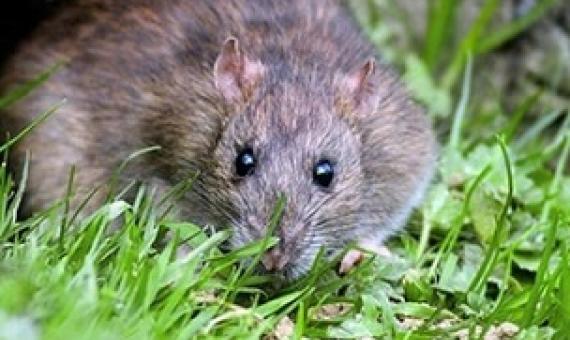
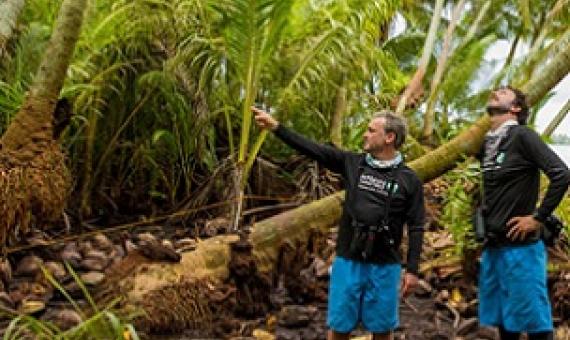
![Invasive corallimorph carpets all seafloor life and is gaining nutrients from the shipwreck's iron ... [+] SUSAN WHITE/USFWS](/sites/default/files/styles/news_teaser/public/sunkenMETAL_InvSPP.jpg?itok=OiESSfEX)
